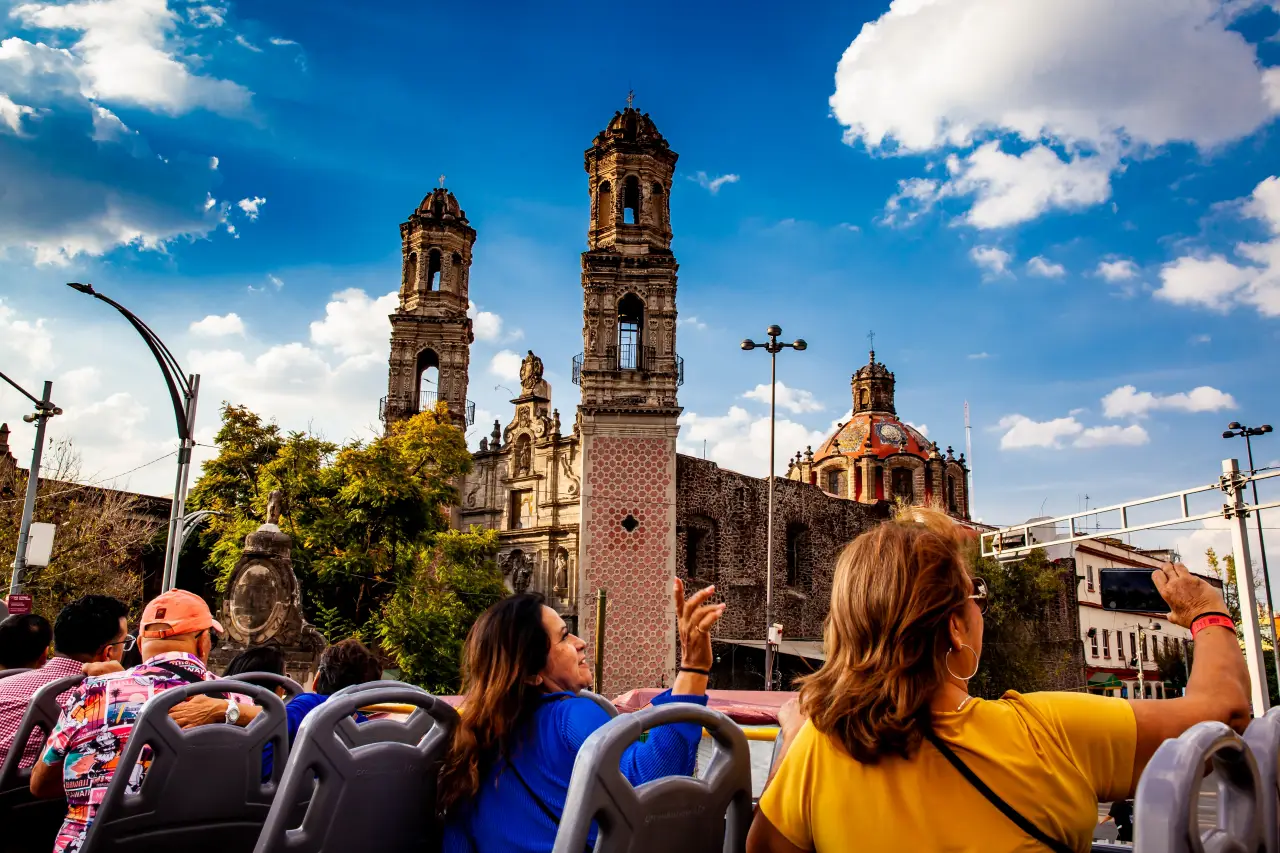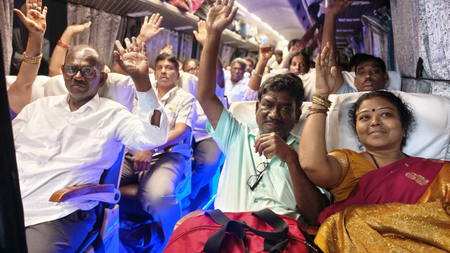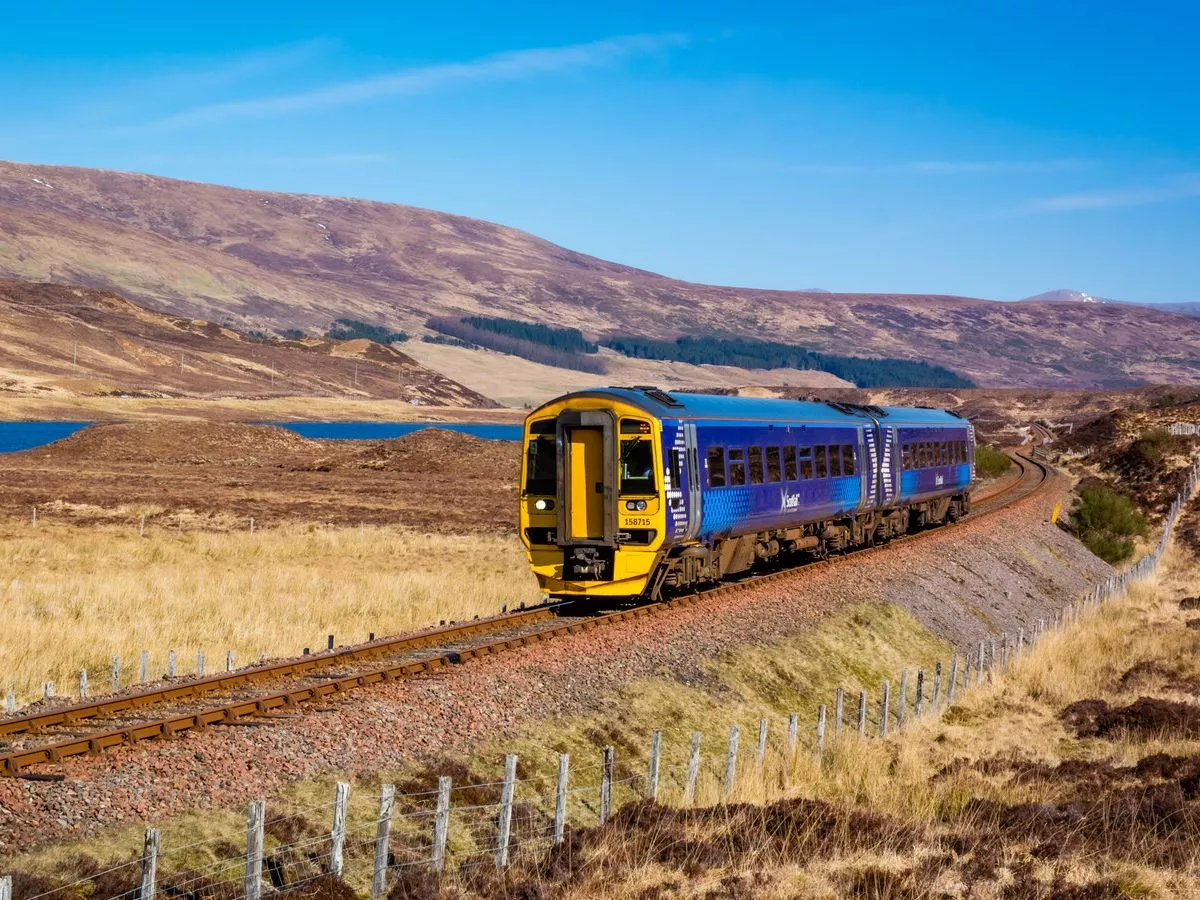By Sofia Gabriela Martinez
Copyright riotimesonline

Mexico’s major religious sites attract nearly 40 million pilgrims each year, according to the Ministry of Tourism. These visitors fuel local economies and preserve historic landmarks.
The Basilica of Our Lady of Guadalupe in Mexico City leads with 20 million annual pilgrims. Built in 1976 to welcome large crowds, it combines modern design with a sacred image of Mexico’s patroness. Pilgrims find both community worship and quiet reflection under its vast roof.
In Jalisco, the Basilica of San Juan de los Lagos draws nine million visitors. Pilgrims travel especially on February 2 and December 15 to see its baroque and neoclassical architecture. Their spending on hotels, restaurants and crafts supports the city’s small businesses year-round.
On Cerro del Cubilete in Guanajuato, two million pilgrims climb to the 23-metre Cristo Rey statue each November 21. They arrive for the Christ the King feast and to enjoy sweeping valley vistas. Local transport and lodging thrive on this seasonal surge.
Together, these pilgrimages generate about USD 4.7 billion in annual revenue. The government reinvests part of this sum in roads, public rest areas and site restorations. Churches receive funds to maintain their artwork and structures.
Beyond money, festivals like Holy Week and Marian feasts strengthen community bonds. Neighbours and pilgrims share traditional music, regional dishes and artisan crafts. These events revive local culture and draw curious travelers seeking authentic experiences.
Pilgrimage routes also benefit rural towns along the way. Visitors hire guides and stop at roadside chapels, spreading income across regions. This helps small communities thrive and counters migration to cities.
By blending faith, heritage and commerce, Mexico shows how spiritual journeys can drive sustainable growth. As pilgrims continue to arrive, the country safeguards its past and builds opportunities for the future.



